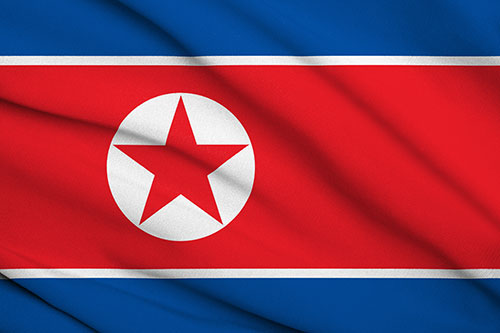Learn
Economic Systems
To understand each economic system, remember that a nation must answer the three questions below:
- What goods and services will we produce?
- How will we produce those goods and services?
- Who gets the goods and services that are produced?
Traditional System
When it comes to a traditional system, the answers to the all three questions are answered by tradition.
- What is made, how it is made and who gets the products is resolved by the customs and habits of the past.
- A traditional economy is not typically driven by a political theory, ideology, or practice.
Examples of this type of economic system include the Aborigines in Australia or the Inuit in Canada.
Command System
A command system is an economic system that is controlled through a central planning committee within the government. Most productive resources are controlled by the government and the decisions about how the resources will be used is determined by the government.
A command economy is most closely associated with socialism and/or communisms, including the following countries: North Korea, Cuba, Russia, and China.
Free Market/Market System or Capitalism
An economy that relies on a market system is dependent on everyone pursuing their own self-interest. The resources in a market system are owned by all of the buyers and sellers in a market. The decisions on how to use those resources are left up to individuals and businesses.
A free market or market economy is most closely associated with capitalism.
Mixed Economy
Some of the actions undertaken by a government are done to adjust the economic system in order to achieve the goals and desires of citizens. For example, a government program such as Social Security, as well as laws restricting child labor or a government-imposed minimum wage, reveal how Americans have modified their free enterprise economy.
Because of these adjustments, the United States has a mixed economy. In a mixed economy there is a large measure of free enterprise (private business operates in competition and largely free of state control), but there is some government intervention and regulation.
A mixed economy is most closely associated with capitalism as well, but includes decisions by the government commanding action and compliance, hence the term "mixed." The following countries have mixed economies: United States, Japan, England, Mexico, and Canada.
Comparing Economic Systems and Indicators
Open Economic Systems (1:04) in a new tab
Below, view indicators of each country's economic health and standard of living. As you look at the information about each nation's economy, which economic system do you think best serves its people?
All economic data is from the CIA World Factbook, 2017 estimates unless otherwise noted.
Country: New Zealand
- Per Capita GDP: $39,000
- Unemployment Rate: 4.7%
- Growth Rate (GDP real growth rate): 3%
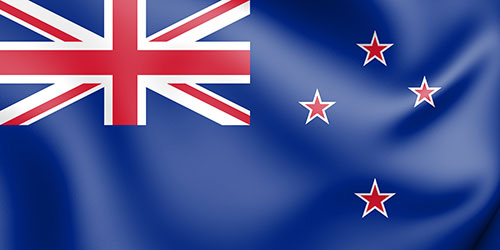
Country: Ireland
- Per Capita GDP: $73,200
- Unemployment Rate: 6.7%
- Growth Rate (GDP real growth rate): 7.2%
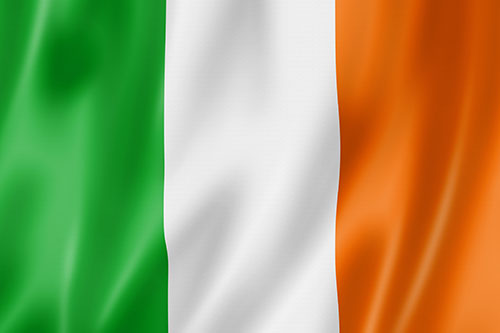
Country: United States
- Per Capita GDP: $59,800
- Unemployment Rate: 4.4%
- Growth Rate (GDP real growth rate): 2.2%
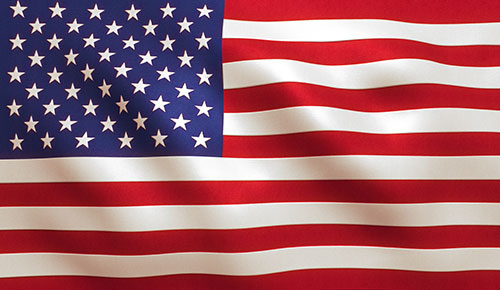
Country: Canada
- Per Capita GDP: $48,400
- Unemployment Rate: 6.3%
- Growth Rate (GDP real growth rate): 3%
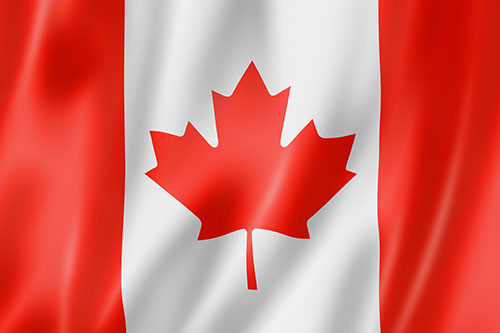
Country: Germany
- Per Capita GDP: $50,800
- Unemployment Rate: 3.8%
- Growth Rate (GDP real growth rate): 2.5%

Country: France
- Per Capita GDP: $44,100
- Unemployment Rate: 9.4%*
- Growth Rate (GDP real growth rate): 2.3%
*note: includes overseas territories
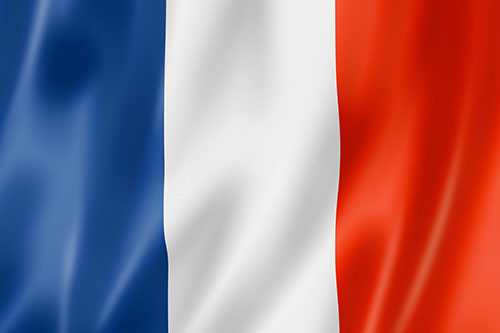
Country: Mexico
- Per Capita GDP: $19,900
- Unemployment Rate: 3.4%
- Growth Rate (GDP real growth rate): 2%
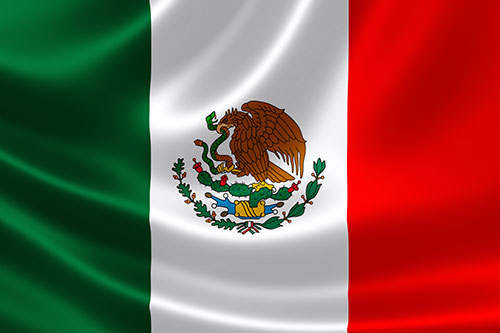
Country: Cuba
- Per Capita GDP: $12,300*
- Unemployment Rate: 2.6%
- Growth Rate (GDP real growth rate): 1.6%
*2016 est., note: data in 2016 US dollars.

Country: North Korea
- Per Capita GDP: $1,700*
- Unemployment Rate: 25.6%^
- Growth Rate (GDP real growth rate): -1.1%*
*2015 est. ^2013 est.
